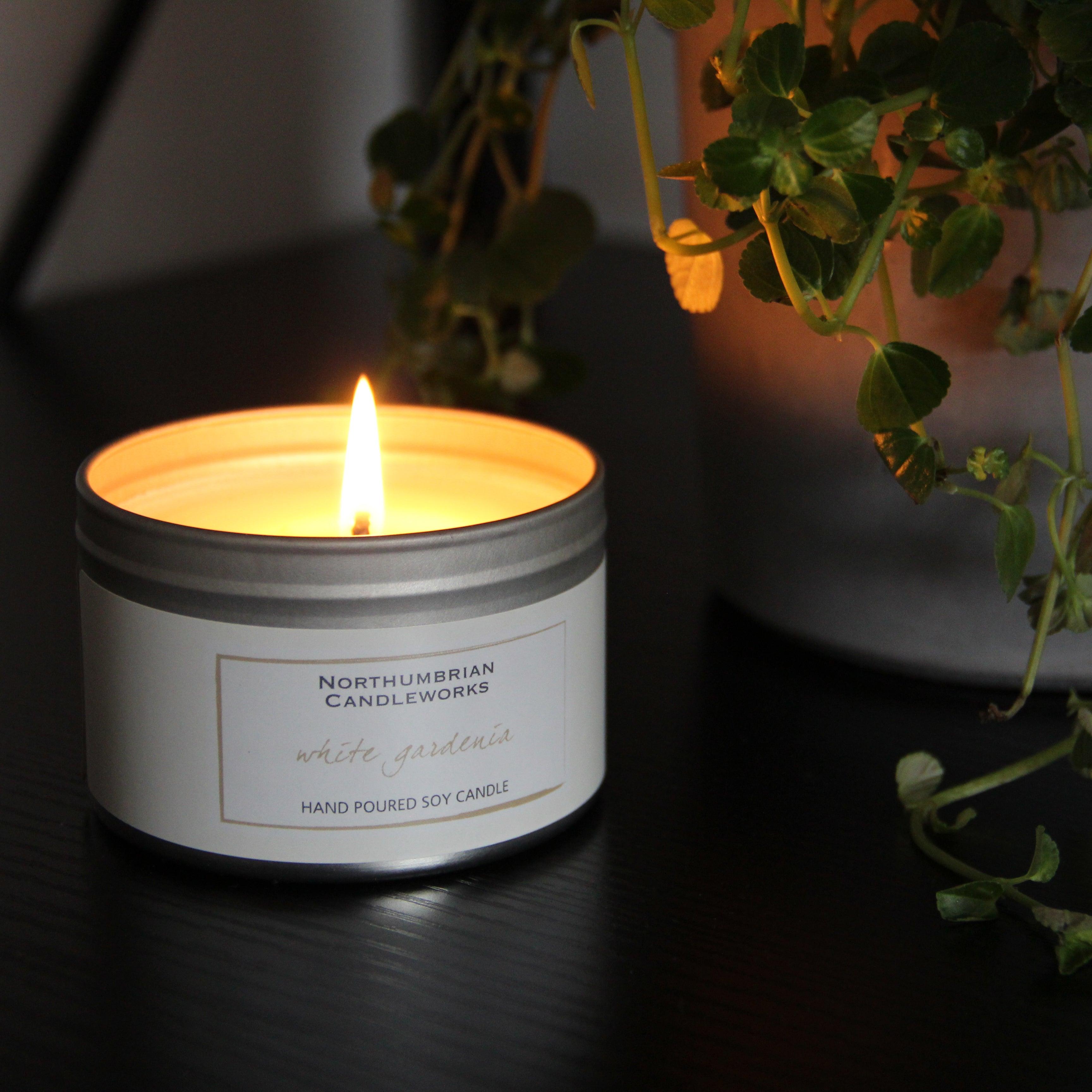Illuminate Your Atmosphere with Crystal Soy Candles and Home Fragrance
Illuminate Your Atmosphere with Crystal Soy Candles and Home Fragrance
Blog Article
From Wick to Wax: Comprehending the Chemistry Behind Soy Wax Candles and Their Environmental Impact
As we brighten our spaces with the cozy glow of candles, there exists a realm of intricate chemistry behind the apparently basic act of lighting a soy wax candle light. The selection between soy and paraffin wax prolongs past mere looks, delving right into the world of environmental effect and the extremely composition of the materials. Comprehending the molecular structure of soy wax and its combustion procedure clarifies the exhausts released into our surroundings. Join us as we decipher the clinical complexities behind soy wax candles and discover their implications on our atmosphere.
Soy Wax Vs. Paraffin Wax
When comparing soy wax and paraffin wax for candle light production, it is necessary to recognize the distinctive qualities and advantages of each product. Soy wax is a natural, renewable energy derived from soybean oil, making it environmentally friendly and naturally degradable - soy candles. In comparison, paraffin wax is a result of oil refining, which increases worries concerning its ecological effect and sustainability
Soy wax candle lights burn cleaner and discharge much less residue compared to paraffin wax candles, making them a much healthier option for indoor air quality. Additionally, soy wax has a lower melting point, enabling a longer-lasting candle light that distributes fragrance better. Paraffin wax, on the various other hand, often tends to shed faster and less easily, possibly releasing unsafe chemicals right into the air.
From a sustainability point of view, soy wax is favored for its biodegradability and sustainable sourcing, straightening with the growing consumer preference for eco mindful items. While paraffin wax has been a traditional selection in candle making due to its price and ease of use, the shift towards eco-friendly alternatives like soy wax is getting energy in the industry.
Chemical Structure of Soy Wax

Burning Process in Soy Candles
The chemical structure of soy wax straight influences the combustion procedure in soy candles, affecting elements such as melt time, aroma release, and ecological impact. When a soy candle is lit, the warm from the fire thaws the wax near the wick.
The burning effectiveness of soy candle lights is influenced by the purity of the soy wax and the top quality of the wick. Furthermore, soy wax candle lights have a reduced environmental influence compared to paraffin candle lights due to their eco-friendly and sustainable nature.

Environmental Benefits of Soy Wax

Taken into consideration a sustainable choice to traditional paraffin wax, soy wax provides remarkable ecological benefits that make it a prominent selection among eco-conscious consumers. Soy wax burns cleaner and generates less residue than paraffin wax, adding to much better interior air quality and minimizing the demand for cleaning and maintenance. Generally, the ecological advantages of soy wax straighten with the expanding need for green and sustainable products in the market.
Recycling and Disposal Considerations
Reusing and proper disposal of soy wax candles play an essential function in preserving environmental sustainability and minimizing waste in areas and households. The initial action is to make certain that the candle has actually melted totally when it comes to recycling soy wax candles. This can be achieved by allowing the candle to burn up until the wick is no much longer useful, and sites after that allowing the staying wax cool and strengthen. As soon as the wax has actually strengthened, it can be meticulously gotten rid of from the container.

In regards to disposal, if recycling is not a choice, soy wax candle lights are eco-friendly and can be safely taken care of in most family waste systems. Nonetheless, it is constantly suggested to get in touch with local reusing centers or waste administration services for details standards on candle disposal to guarantee appropriate handling and ecological security.
Conclusion
In verdict, the chemistry behind soy wax candle lights exposes their ecological benefits over paraffin wax candle lights. Soy wax, originated from soybean oil, burns cleaner and produces less residue when contrasted to paraffin wax. The burning process in soy candle lights is a lot more reliable, leading to a much longer and extra even melt. Additionally, soy wax is eco-friendly and sustainable, making it a much more sustainable choice for candle manufacturing. Reusing and proper disposal of soy wax candle lights better add to their environmental influence.
When contrasting soy wax and paraffin wax for candle you could try these out making, it is essential to comprehend the distinctive characteristics and benefits of each product (home fragrance).Soy wax candle lights burn cleaner and give off much less residue compared to paraffin wax candle lights, making them a much healthier option for interior air high quality.Considered a lasting alternative to conventional paraffin wax, soy wax uses remarkable ecological benefits that make it a popular option among eco-conscious consumers. Soy wax burns cleaner and generates less soot than paraffin wax, contributing to far better indoor air top see page quality and decreasing the demand for cleaning and upkeep.In verdict, the chemistry behind soy wax candles reveals their environmental advantages over paraffin wax candles
Report this page